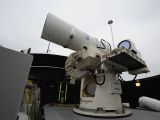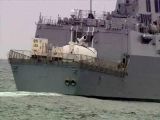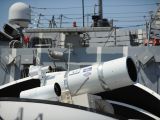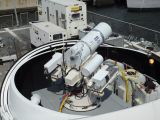You'd think that an advanced technology like a laser gun would cost a lot to use, but that has turned out to not be the case. While the development and initial creation may have drained a lot of funds, using the weapon has turned out to be very cheap. Absurdly so even.
You may or may not know that one surface-to-air missile costs around $400,000 / €322,000. That's a lot of money no matter what profession you have.
In comparison, the new experimental laser gun that the Navy has been praising recently only eats around 59 cents per shot.
It's no wonder that the laser gun will be deployed for testing as early as next year. Specifically, on the USS Ponce in the Middle East.
We're skeptical about how well the laser compares to a missile, both in range and in accuracy, but if the Navy is excited then the theory, at least, must be promising. Besides, it's not just the destructive potential that the US Navy is excited about.
The experimental laser can be used for surveillance
With all the lenses involved in the creation of a focused energy weapon, we probably should have seen this coming from miles away.
After all, the only other man-made contraptions that use a comparative number of lenses are telescopes. And we all know what those are used for.
Telescopes were created out of man's need to see further into the distance. The Navy's laser wasn't made for this kind of use, but it can be employed in a similar fashion anyway.
Of course, it makes sense that all avenues of use would be thoroughly researched. After all, the laser is only a defensive weapon, one with a short range. It will be able to blow up drones and cause the engines of small boats to explode, but larger and faster craft, both water- and air-based, will either avoid it or withstand it with minor trouble.
Not that we expect this to stymie researchers all that much. They're liable to see it as a challenge to turn the laser into the sort of death ray that science fiction likes to portray.
Future applications of the technology
We can only speculate on it. Since the Navy isn't likely to be given exclusivity rights, we should eventually see laser weapons on all sorts of fighter craft, from battleships and smaller frigates to jet fighters. Military installations could commission some for stationary defense as well. Not in the current, huge and bulky form, but eventually.
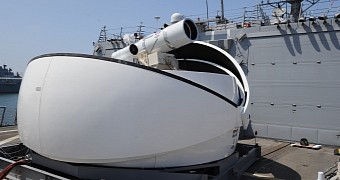
 14 DAY TRIAL //
14 DAY TRIAL // 
